Learn to Program & Model Procedural Cities in Unity/Blender
Your guide to understanding procedural construction of buildings and city maps for games and virtual environments
4.52 (134 reviews)
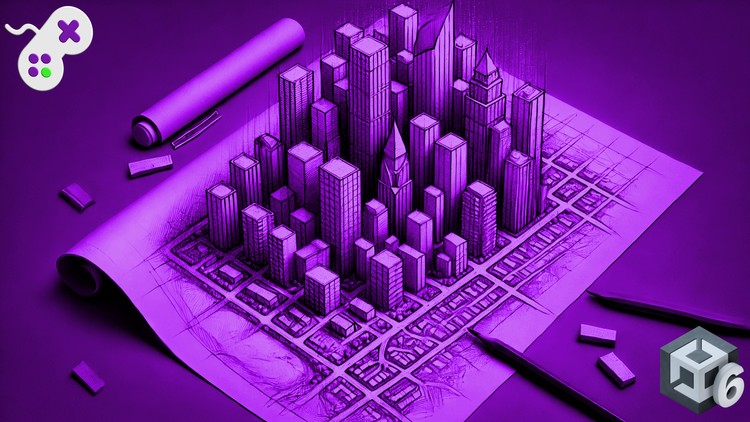
3,489
students
16.5 hours
content
Nov 2024
last update
$74.99
regular price
What you will learn
Explain the nature of 3D space and producing a grid for displaying and snapping 3D models together.
Identity several procedural algorithms that can be applied to generate virtual city maps.
Apply fractal and dynamic methods to algorithmically generate buildings and cities.
Create a bespoke procedurally generated city map complete with districts, population densities and vegetation.
Screenshots
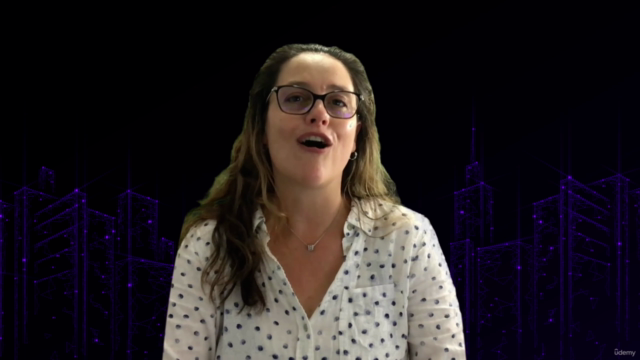
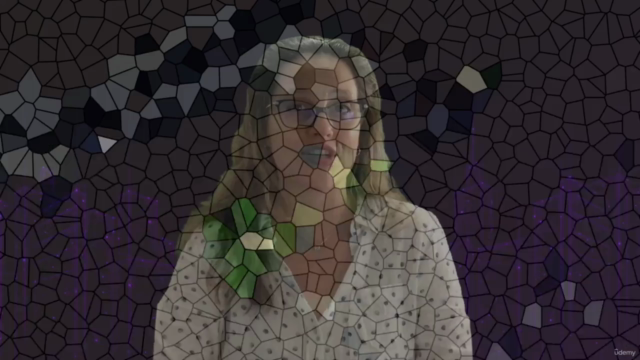
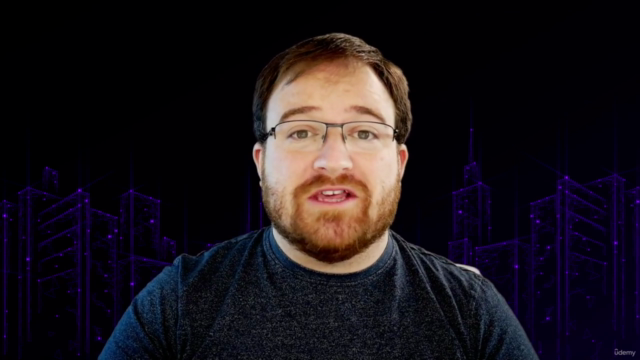
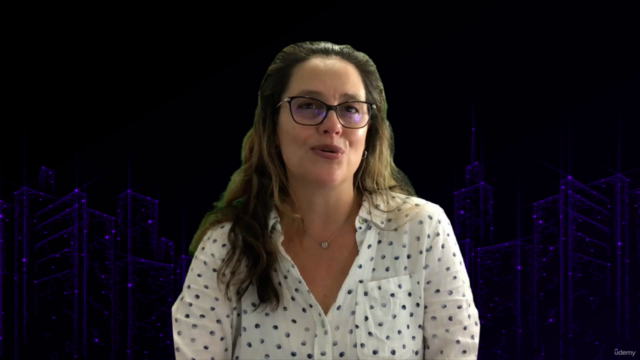
Related Topics
4407124
udemy ID
11/21/2021
course created date
11/26/2021
course indexed date
Bot
course submited by